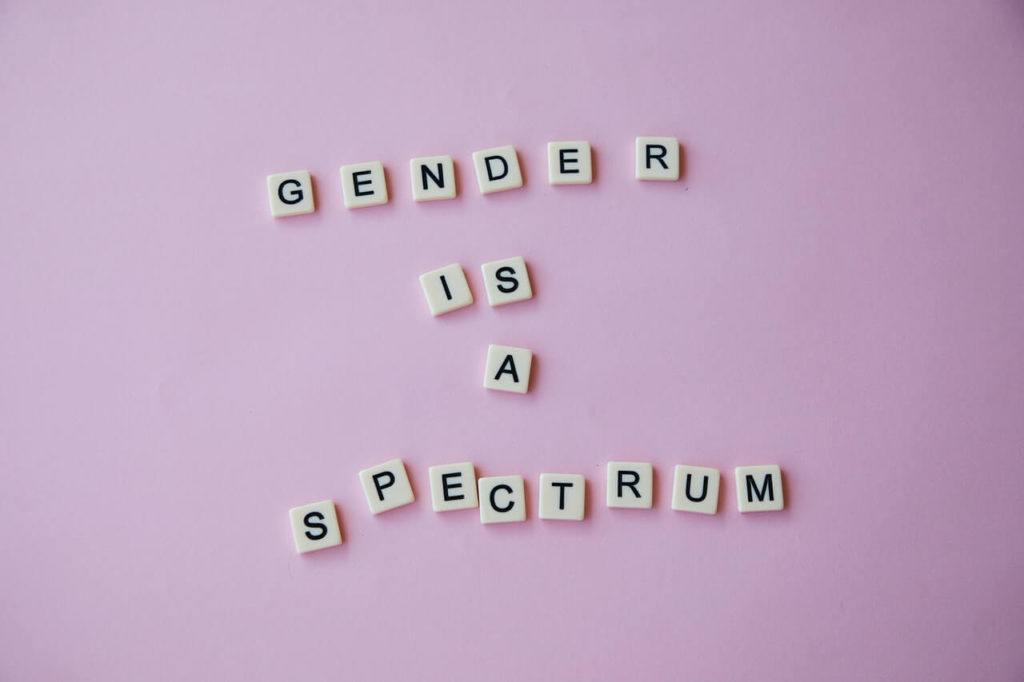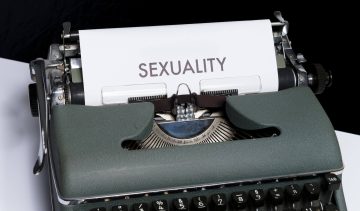Gender diversity is an increasingly hot topic in society and you may hear it more often. It describes the differences within the aspects of gender identity, role and expression. Because there is much more than just being a man or a woman! Some people do not fully identify with their biological sex. Do you know someone who is struggling with their gender identity, and do you want to know how you can best support them in this? A little extra knowledge on this topic can be the first step!
Sex and gender
To better understand gender diversity, it is important to know the difference between sex and gender.
Sex is the gender assigned to you at birth. This is determined, among other things, by your genes, hormones and genital characteristics.
Gender is the gender with which someone identifies. Culture and society play a major role in shaping your gender identity, among other things.
Terminology
Many terms exist to describe the different types of gender identity. Unfortunately, I cannot discuss all of them, but below you will find a number of them, which I hope can provide more insight.
Cis-gender
This term describes a person whose gender identity and biological sex are the same. An example of this is a biological man who also feels like a man.
Transgender
Transgender is the umbrella term for all people of whom their gender identity does not fully match the sex they were born with. For example, people can identify as male, while their biological gender is female, or vice versa. Others identify as male AND female, or they don’t feel male or female. There are so many variants in being transgender. The point is that gender can be experienced on a much broader spectrum than just men or women.
Unfortunately, many transgender people can struggle for years with feelings of discomfort about their gender identity. They may be dealing with negative reactions from others that make them feel lonely, sad, or anxious. It can be very difficult to embrace their identity and to proudly show it to the outside world.
Non-binary
Someone who identifies as non-binary does not fit into the binary boxes of man or woman. A person may feel masculine and feminine at the same time, or neither gender.
Transsexual
People who are transsexual really were born in the wrong body. They don’t feel at home in their body at all and they often want to change their sex completely. For example, a man wants to undergo a transition to become a woman; they consciously choose to undergo surgery. This is preceded by a long and difficult time, of swallowing hormones and living fully in the role of the opposite sex. They often experience condemnation from the people around them. It is a profound experience to undergo a transition, and it takes a great deal of courage and persistence to get through it.
Gender Dysphoria
The term gender dysphoria describes the feeling of discomfort when the assigned gender and gender identity do not match. It is often used in a medical context, and is made as an official diagnosis when someone is going through a medical transition. Taking hormones and continuing operations can reduce the feeling of gender dysphoria. For some transgender people, medical intervention is not necessary, and feelings of dysphoria can also be reduced in other ways – for example, by changing pronouns or names, or changes in appearance such as clothing and hair.
How can you be an ally for people struggling with gender identity?
- Know that there is no universal trans experience. Be aware that everyone experiences this in their own way. The above terms are helpful in gaining a better understanding of variations in identity, but it is up to the person to indicate what they identify with! We are not supposed to shove people into boxes.
- Ask what pronouns someone uses (e.g., he, they, who, them, their). Not everyone likes to be addressed with the same pronouns. When you make a mistake, don’t just say sorry. Improve yourself and continue the conversation using the right pronouns. Correct others too when they use the wrong pronoun for a transgender person.
- Avoid calling people “transgender”, say “transgender person or people” instead.
- If you are made aware of an offensive statement you made, do not argue with them. Try to understand why someone finds it unpleasant.
- Most importantly, immerse yourself in the topic of gender and sexuality as much as possible, to gain a good understanding of what the other is experiencing. Be open, curious and non-judgmental in conversation!











